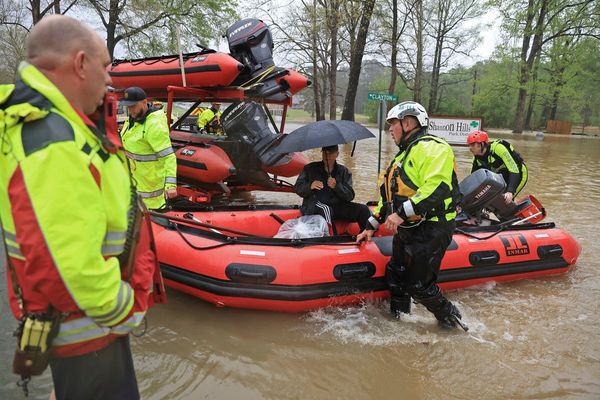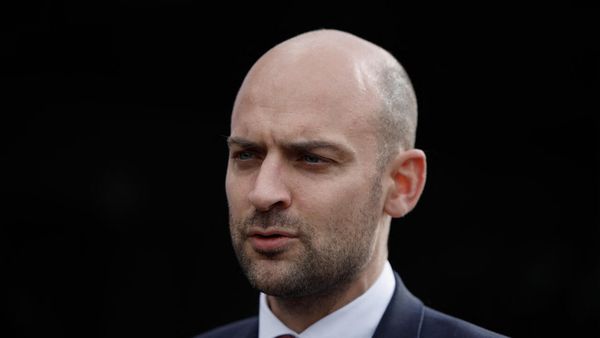
I spent part of 2014 on the streets of Amsterdam dodging some of the 1.2 million registered bikes in the city.
As a pedestrian, I have never felt so unsafe on the streets of any city.
So, could Newcastle one day become a bike city like Amsterdam? City of Newcastle (CN) has prioritised a plan to encourage greater use of bikes and walking to get to and around Newcastle CBD, 'On Our Bikes (2021-30)'.
A cursory glance at Newcastle's geography shows how unrealistic such an approach is for the people we want to attract to our CBD businesses from suburbs such as Charlestown, Belmont, and Jesmond, to name a few.
The car's dominance will increase, and, if CBD businesses are to survive, CN should stop removing parking options and rapidly increase the number of parking spaces that central Newcastle so desperately needs.
Unfortunately, the opposite is happening.
Given the large number of parking spaces that have disappeared in recent years, we need to ask why CN has given such a low priority to providing sufficient parking options in the CBD.
For example, an engineering report commissioned by CN raises questions about why the King Street mall parking station was knocked down.
According to the engineering report, if the parking station had been repaired, the initial cost of repairs could have been as low as $1.1 million, with ongoing expenses estimated at $3.9 million. The demolition cost eventually blew out from $3.7 million to $7 million with the loss of 350 parking spaces ('Engineering report raises questions over council car park demolition', NH 6/7)
CN promised in 2020 to restore these crucial parking spots. In 2024, we are still waiting - even for a plan for how this might be achieved. Additionally, when Iris Capital knocked down the David Jones car park as part of the East End redevelopment, 386 spaces were lost.
The Mall car parking debacle is only part of a wider neglect of the city's needs. Still unresolved is the parking requirements of the University of Newcastle's future campus expansion in the CBD. This initially provided for only six new car spaces.
Also, when the transport interchange was built at the western end of the CBD, a car park was erected behind it, but this was for the private use of an adjacent office building. Nearby, on the land reserved for the final stages of the Honeysuckle redevelopment, there is plenty of parking, but the plan here is for even more intensive urban development and the removal of the current car spaces.
So how does Newcastle make up this shortfall in parking places? Let's hope that CN takes advantage of the opportunity that has presented itself.
Iris Capital's proposal for stages three and four of its East End redevelopments was initially approved by CN, even with its unacceptable lifting of height limits, which enraged the local community. The anger was driven by the prospect of an overcrowded site and a worsening parking problem.
Fortunately, the Hunter Central Coast Regional Planning Panel saved the situation. The panel recognised that the proposal breached height limits and would have created an overbuild of the CBD urban environment.
Iris Capital has warned that the recently cleared and boarded-up site could be left as a hole in the ground for years to come. Negotiations are ongoing, but the solutions must include restoring at least the 736 Hunter Mall car spaces lost in recent years.
I suggest that Iris Capital be allowed to proceed with its stage four apartment buildings, but within the strict height limits that it originally agreed to.
CN could then buy back the stage three land, which sits directly below the magnificent cathedral, and develop the site as a desperately needed public open space above a new underground car park.
This would finally allow the building of a spectacular 'Stairway to Heaven' and create a magnificent view corridor between the harbour and the cathedral. It could become the centrepiece of the City of Newcastle, while also providing a much improved and available underground parking site.







